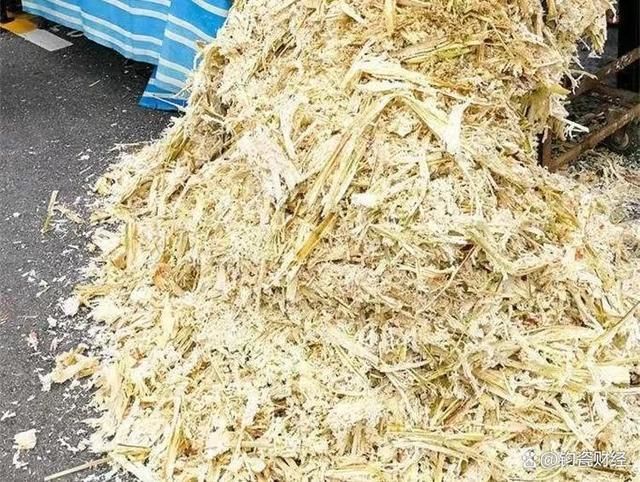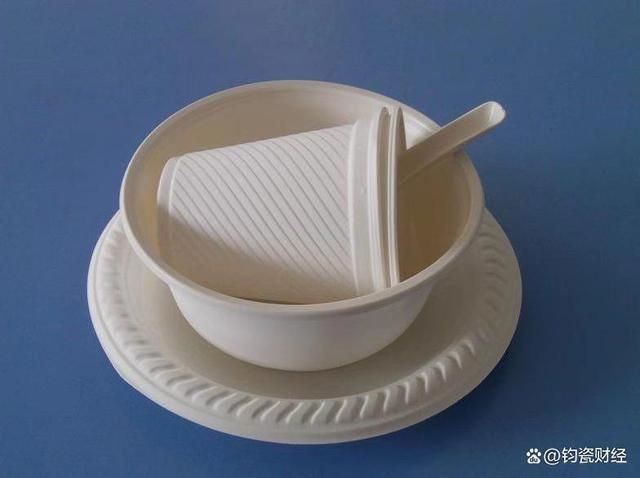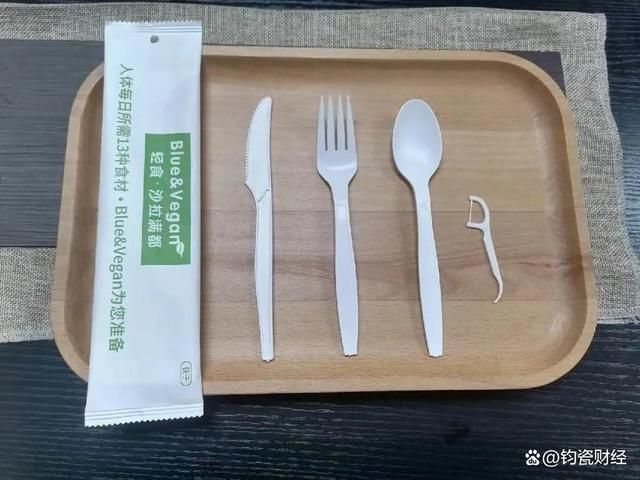Winter is here, do you also like to chew on the meaty and sweet sugarcane juice to replenish water and energy? But have you ever thought about what value other than sugarcane juice does those seemingly useless bagasse have?
You may not believe it, but these sugarcane bagasses have become a cash cow in India, and their value has increased dozens of times! Indians used sugarcane bagasse to make an environmentally friendly tableware, which not only solved the waste disposal problem in the sugar industry, but also created huge economic benefits and environmental protection effects.
According to statistics, in September 2023, the sales volume of bagasse tableware in India reached 25,000 tons, with an average selling price of 25 rupees/kg (approximately RMB 2.25/kg), while the raw material cost of bagasse was only RMB 0.045. /kg, which means that the profit margin per ton of bagasse is as high as 49,600%! How did the Indians do it? Why doesn't China follow suit?
The making process of bagasse tableware
Bagasse tableware is a biodegradable tableware made from a mixture of sugarcane bagasse and bamboo fiber. It is not only environmentally friendly, but also has high strength, water and oil resistance, low cost, and can replace traditional plastic tableware. So how are bagasse tableware made? Below I will introduce you to its production process.
First, bagasse and bamboo are crushed to obtain bagasse fiber and bamboo fiber. Bagasse fiber is relatively short, while bamboo fiber is relatively long. When mixed, the two can form a tight network structure, increasing the stability and strength of tableware.
The mixed fibers are soaked and broken into a hydraulic pulper to obtain mixed fiber pulp. Then, add some water-repellent and oil-repellent agents to the mixed fiber slurry to make the tableware have good water- and oil-resistance. Then, pump the mixed fiber slurry into the slurry supply tank with a slurry pump, and continue stirring to make the slurry uniform.
The mixed fiber slurry is injected into the mold through a grouting machine to form the shape of the tableware. Then, the mold is put into a hot press for molding and drying under high temperature and high pressure to finalize the shape of the tableware. Finally, the tableware is taken out of the mold and subjected to subsequent processes such as trimming, selection, disinfection, and packaging to obtain the finished bagasse tableware.
Advantages and Impact of Bagasse Tableware
Bagasse tableware has many advantages and effects compared to plastic tableware and other biodegradable tableware. Bagasse tableware is made of natural plant fibers and does not contain any harmful chemicals. It is safe for the human body and the environment. of. Sugarcane bagasse tableware can be quickly degraded in the soil, will not cause "white pollution", and will not occupy land resources, which is conducive to circular economy and ecological balance.
The raw material for bagasse tableware is waste from the sugar industry. The price is very low, and the output is large, so it can be fully utilized. The production process of bagasse tableware is also relatively simple, does not require complicated equipment and processes, the cost is very low, and it can save energy and water resources. The price of bagasse tableware is also lower than that of plastic tableware and other biodegradable tableware, and it has high market competitiveness and economic benefits.
Bagasse tableware has high strength, can withstand greater weight and pressure, and is not easy to deform and break. Bagasse tableware is also very water- and oil-resistant and can hold a variety of liquids and greasy foods without leakage or staining. The appearance of bagasse tableware is also very beautiful, with natural color and delicate texture, which can improve the taste and atmosphere of the table.
Conclusion
Bagasse tableware is a biodegradable tableware made from a mixture of sugarcane bagasse and bamboo fiber. It is not only environmentally friendly, but also has high strength, water and oil resistance, low cost, and can replace traditional plastic tableware.
The production process of bagasse tableware is simple, using waste from the sugar industry, realizing resource recycling. The advantages and impact of bagasse tableware are reflected in environmental protection, economy and functionality, providing an effective way to solve the problem of "white pollution" and promote green development.Wholesale Wheat straw sugarcane bagasse biodegradable food container Manufacturer and Supplier | FUJI (goodao.net)



Post time: May-24-2024





